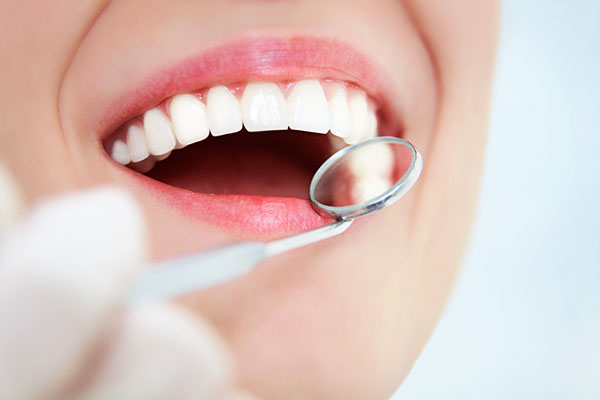Does Every Cavity Need a Dental Filling?

A dental filling is a common treatment option for cavities. Even after trying hard to prevent tooth decay, the dentist may find a few small cavities. You may be tempted to put off tooth decay treatment when you are not experiencing any pain. This is not a good idea because it can lead to other serious problems. Treating a cavity is also usually less painful when it is done early or as soon as your dentist detects signs of decay.
Dental filling
Tooth decay starts by softening the outer layer of a tooth called enamel. If left untreated, it could eventually become a cavity. Even if a person has small cavities, they need to be filled as soon as possible. But if decay is caught early enough, there are several options available that can help a person avoid a filling.
Fluoride varnish or gel
Fluoride is an element that helps to slow the progress of tooth decay. Fluoride treatment may involve the application of fluoride gel. It is often placed in a tray and kept in the mouth for a while as the enamel absorbs the fluoride before the tray is removed. Fluoride varnish can also help prevent tooth decay or stop it from getting worse. This is a liquid that is painted onto the teeth, which hardens quickly into a thin layer as the fluoride is absorbed by the enamel.
High-fluoride toothpaste
Dentists usually recommend using a toothpaste containing fluoride. Sometimes, a dentist may prescribe toothpaste that has a higher concentration of fluoride. This kind of toothpaste is usually recommended when the decay leaves the root exposed. Using high-fluoride toothpaste regularly can help prevent further decay from occurring.
Dental sealants
Decay usually targets the back of teeth since they have deep pits and grooves that trap food particles and plaque. To prevent this problem, the dentist may recommend dental sealants. A sealant is basically a protective coating that is placed on the chewing surfaces of back teeth. Dental sealants will cover the grooves and pits and help eliminate any places for bacteria to collect.
Silver diamine fluoride
If tooth decay has advanced to form a cavity, the dentist may also consider silver diamine fluoride (SDF). SDF is an effective treatment that is applied directly to the area of decay. It can stop the decay from continuing without filling the cavity in. It is a quick and affordable option that is often ideal for younger patients who are not comfortable with a drill.
Types of dental fillings
Dental sealants and topical fluoride treatments can help you to prevent a cavity from forming and avoid a dental filling. But if you are not able to catch the tooth decay early, a dental filling may be a viable treatment option. Fortunately, there are more types of dental fillings available than ever before. These include amalgam, composites, gold, or porcelain. These differ in looks, longevity, durability, and price point. Your dentist can help you choose the ideal type of filling or treatment plan for your cavity.
Request an appointment here: http://www.kingdentistry.com or call King Dentistry at (209) 668-3311 for an appointment in our Turlock office.
Check out what others are saying about our services on Yelp: Read our Yelp reviews.
Recent Posts
Proper dental care can involve more than checkups every six months. When the teeth sustain damage from tooth decay or mouth injuries, a restorative dentist will "restore" the smile to its full functionality. The benefits of consulting a restorative dentist do not stop there. These dental professionals can help relieve pain and improve oral health…
When most people think of cavity treatment, they think of fillings. However, a restorative dentist may recommend inlays or onlays for more severe cases of tooth decay. These restorative treatments come in various materials, some of which blend easily with the rest of the teeth. They can, therefore, restore not only the function but also…
When searching for a dentist near me, families are often looking for more than just convenience. Quality, comfort, and trust can all help them select the right dental provider. Working with a trustworthy dental practice that understands your entire family's needs can make a lasting difference in your oral health.Dental health has a direct link…
Wondering what a restorative dentist can do about worn-down teeth? Read on to learn more. It is normal for teeth to wear down. However, it becomes problematic if the rate of wear is disproportional to the patient's age. This common dental issue weakens the teeth and also makes the tooth less appealing. A few oral…


